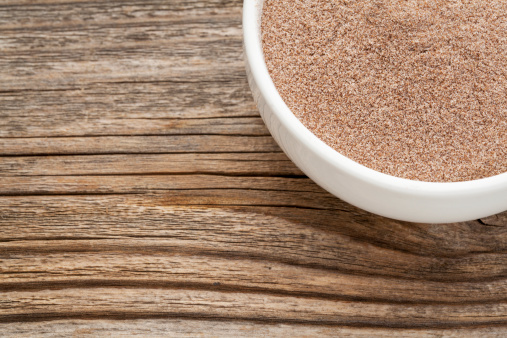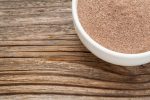
Teff is a grain grown in the soils of Eastern African countries like Ethiopia. This golden wheat-like grain is gaining a great deal of acceptance and popularity in the nutritional world.
Although most people don’t know anything about teff, this small-sized grain packs a nutritional punch and is thought to soon replace quinoa as the grain cereal of choice throughout the globe. It has a characteristic nutty taste which resembles the poppy seed.
Teff is gluten-free and is full of nutrients. Not only is teff high in complete protein, it is also a great source of minerals like calcium, magnesium, manganese, and iron which is considered highly absorbable. Oddly enough, teff also contains vitamin C which is rather unusual given that this nutrient is normally not found in grains.
Teff is full of complex carbohydrates and is low on the glycemic scale. This means that teff will not raise blood sugar levels very much or result in great amounts of insulin being secreted. So if you are a diabetic or suffer from metabolic syndrome, this is good news for you. Some of you may also find that you gain weight when you eat grains. This is because you have become carbohydrate-intolerant. Consuming more teff may be the answer as this grain may not irritate the insulin resistance you have acquired.
This unique grain is also full of fiber and this makes teff quite a valuable food. Many studies have indicated that the consumption of soluble fiber can decrease cholesterol, blood pressure, and inflammatory response. Like any other type of whole grain, teff can lower the risk of heart disease, stroke, obesity, and diabetes but make sure that you purchase the unprocessed grain in its whole form.
Teff is a fairy good source of fats, especially the poly-unsaturated omega-6 and -9 fats that can protect us from heart disease and keep our arteries clean.
Although teff can be eaten in its whole form either steamed or boiled, it can also be found in bread products, cereal, and traditional Ethiopian flatbreads called injera. In Western cultures, teff has mostly been used as an additive to flour used to make bread products.
Teff is a grain that is getting a lot of attention because it deserves it. It is very high in nutrients, fiber, and free of gluten. Teff grains can be added to other types of flour to make bread products and noodles that more people can eat without worrying about their blood sugar, gluten intolerance, or fear of weight gain. Teff is also being sold as an alternative to other healthy types of whole grain cereals.
Look for teff products in your local health food section or nutritional specialty store.
Sources:
“What Is Teff, The Latest Superfood Via Ethiopia?” Huffington Post web site, March 10, 2014; http://www.
Saturni, L., et al., “The gluten-free diet: safety and nutritional quality,” Nutrients, January 2010; 2(1): 16-34.













